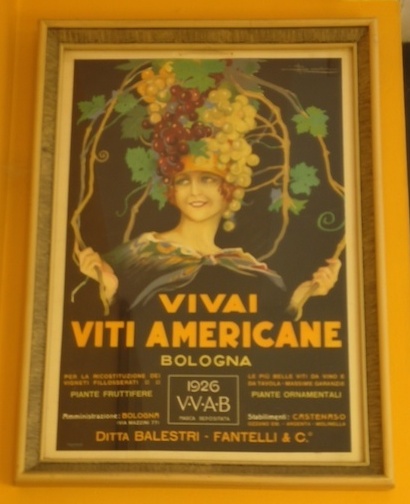- UAE date palms to get FAO recognition. So they’ll be ok then. Phew!
- Unlike African agriculture, according to the IPCC.
- Or Israel’s wild plants. Though what they intend to do about that is hidden behind a paywall. Can anyone tell me the answer?
- The Australians know what to do. Build a new genebank…
- …and grown ginarmous brassicas.
- Pat Heslop-Harrison for his part thinks we should collect more wild Panicum. And who are we to argue with him?
- Hey, worst comes to worst, we can always build our own beer yeast.
Nibbles: CG diversity pix smackdown, ARTs in Bolivia, Fruits in Central Asia, Terra-i, FAO land use data, Agroforestry, Nagoya, Microwaves, Taxonomist Day, Spring!, Right to Food, Pacific food
- Some fabulous photos of maize diversity from CIMMYT. (IRRI says, I see your diverse maize, and raise you diverse rice.)
- Hope neither goes the way of that of some Andean roots and tubers in Bolivia. Or fruits in Central Asia. Though neither is doing terribly, in truth.
- And too bad you can’t monitor that the way you can forests. Or land use in general for that matter.
- World Agroforestry Centre calls for more, er, agroforestry. Will Defra listen?
- Maybe it’s too busy consulting on the Nagoya Protocol. Wonder how good that will be for agroforestry.
- I don’t care what anyone says, I like microwaves.
- Wait, we missed Hug a Taxonomist Day?
- And Persian New Year?
- De Schutter’s final report. Main message not lost on the Pacific island countries.
Nibbles: Genebanks trifecta, Marley Coffee, Sorghum noodles, Biofortification Q&A, African oils, Cow diversity, Coffee course, Fructose deconstructed, Vanuatu chocolate, Candy bar phylogenies, Japanese copycats, Charger beer
- CIP’s genebank in the limelight.
- Egypt’s genebank in the limelight.
- Australia’s genebank in the limelight. Limelight fast running out…
- Ah, but genebanks not the only ones with cool videos: farmers in the limelight.
- Yeah, it’s not just about the genebanks. Markets can help, I suppose. Especially if you have a famous name.
- As with coffee, so with sorghum. Biofortified or not. All we need now is an agribusiness incubator, and here it is, courtesy of ICRISAT. But what will Japanese farmers think?
- Same again for assorted African oils?
- The diversity of cows has been driven by markets too.
- Coffee 101 at UCDavis. Maybe they’ll invite Mr Marley to teach.
- You want fructose in that coffee? No, probably not.
- Maybe you prefer chocolate. From Vanuatu, natch. Looks like high quality stuff too, but even crap chocolate has its uses, like teaching taxonomy for instance.
- No, you’re more a Japanese bourbon person, aren’t you? Wait, do you need barley for that? I’m sure those young Japanese farmers will be all over this.
Nibbles: Mango, Money, Holy guacamole
- “Top 8 Wonderful Things You Can Do With A Mango.” Kenyan clickbait. I bought it.
- “Third Call for Project Proposals under the Treaty’s Benefit-sharing Fund.” Seed Treaty clickbait. I’m not qualified.
- “Guacapocalypse” — a headline to reckon with. Here’s the back story to climate change and avocados.
Grapes or rootstocks

One item of agricultural biodiversity interest from my visit to Bologna last weekend, this rather charming 1926 poster. 1 It offers, as you can see, American vines. And here’s my question: varieties, or Phylloxera-resistant rootstocks?